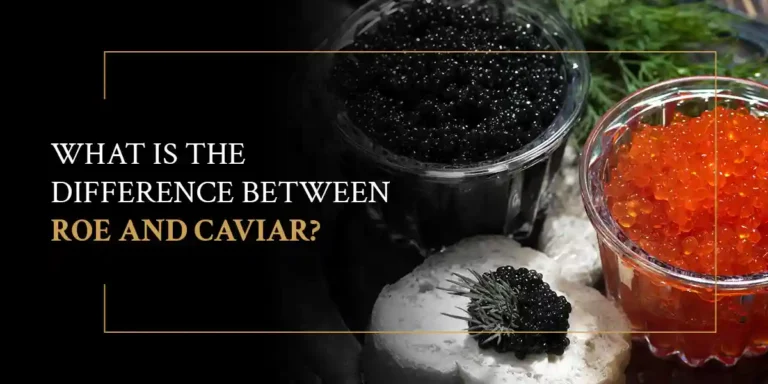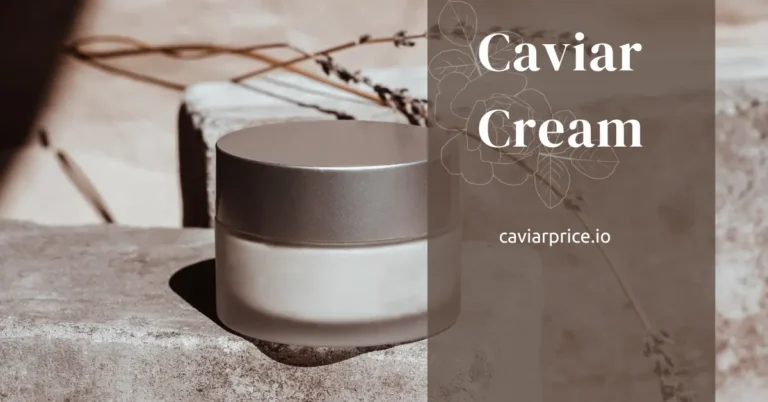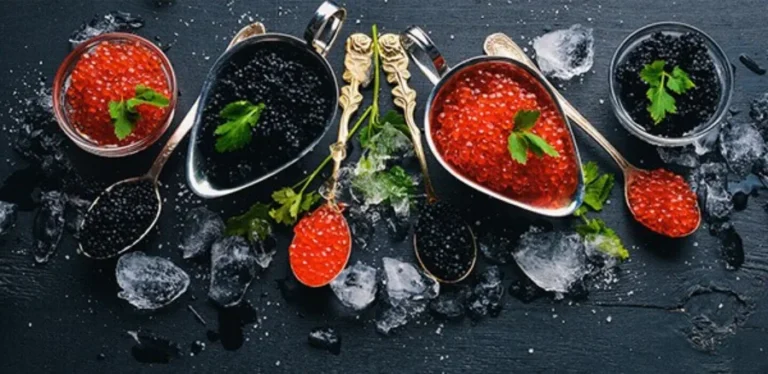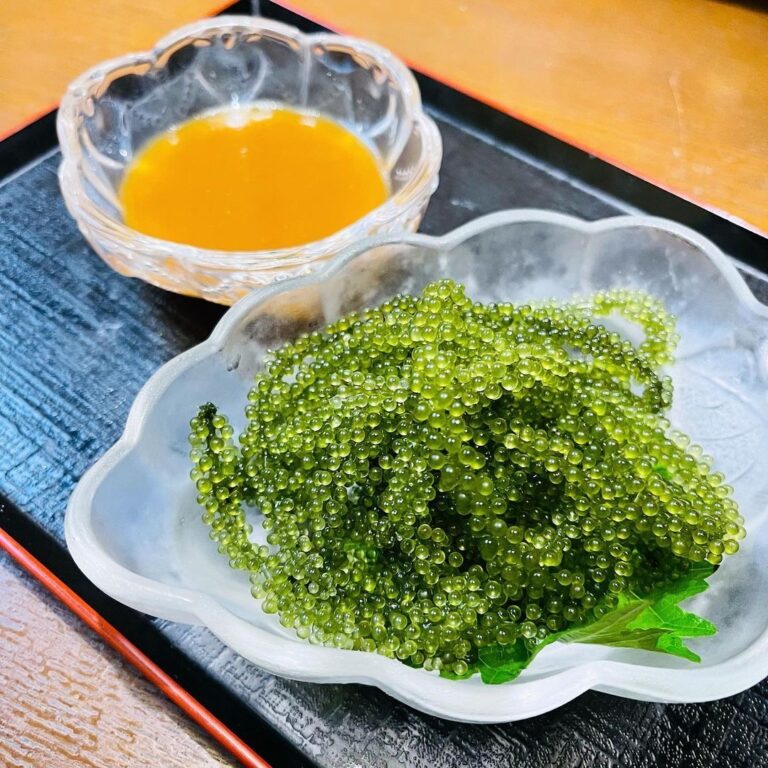Why Caviar So Expensive? | How much is Caviar Cost? | Why is it One of the Most Expensive Foods?
Ever wondered why caviar so expensive, known as the jewel of culinary delicacies, is so astronomically priced? Join me as we delve into the fascinating world of caviar and uncover the mysteries behind its hefty price tag.
Premium Caviar Price in Dubai
Ah, Dubai! A city where luxury and opulence are around every corner. Here, caviar isn’t just a food item; it’s a symbol of the lavish lifestyle that Dubai is renowned for. The premium caviar prices in Dubai are a testament to the city’s love affair with extravagance, where only the best and most exclusive caviar products grace the tables of the elite.
In Dubai, caviar is not just about indulging in a decadent treat; it’s about savoring a culinary masterpiece. The city’s culinary scene thrives on providing unparalleled dining experiences, and caviar sits atop this gastronomic pyramid. With each bite, you’re not just tasting caviar; you’re partaking in a tradition steeped in luxury and exclusivity.

Why Caviar So Expensive?
Embarking on our journey to uncover the secrets behind caviar’s price, the first stop is understanding the process. Making true caviar is an art form, combining age-old traditions with meticulous precision. The production of this luxury food involves a series of carefully orchestrated steps, each contributing to the final masterpiece.
Caviar comes from sturgeon, a species that demands patience and time. Some sturgeons take up to 20 years to mature, and during this time, they are nurtured and cared for to ensure the finest quality of caviar. Each step, from nurturing the sturgeon to harvesting the eggs, is conducted with the utmost care, contributing to the caviar’s final cost.
The stringent regulations surrounding caviar production add another layer to its price. With wild caviar sourcing being heavily regulated due to the endangerment of sturgeon species, producers are committed to ethical and sustainable practices. This shift to farm-raised caviar, while ensuring sustainability, also adds to the production costs due to the controlled environments and high maintenance involved.
The Type of Caviar Fish
Venturing deeper, we encounter the various types of sturgeon that gift us different caviar varieties. Beluga, Sevruga, and Oscietra are the stars of the show, each bringing a unique flavour profile and texture to the table, influencing the caviar’s real price.
Beluga caviar stands out as the crown jewel, with its scarcity and distinct creamy flavor making it much more expensive. The female Beluga sturgeon, a rare and majestic creature, takes years to mature and produce eggs, adding to the allure and exclusivity of Beluga caviar. The careful harvesting and ethical practices further amplify its value, solidifying its status as the most sought-after caviar.
Time it Takes to Produce Caviar Roe
Patience is a virtue, especially in the world of caviar production. The time invested in nurturing the sturgeon, waiting for the females to mature, and ensuring optimal conditions is a testament to the dedication involved in crafting this delicacy. This long waiting period, coupled with the meticulous care, underscores why caviar is synonymous with luxury.
The journey from sturgeon to jar is marked by unwavering attention to detail. From maintaining the perfect water conditions to providing a balanced diet, every aspect of the sturgeon’s life is managed to ensure the caviar’s impeccable taste and quality. Once harvested, the roe undergoes a delicate processing method, where they are washed, salted, and packed, ready to delight the palates of discerning connoisseurs.
Where Does Caviar Come From
Caviar’s origins are as rich and diverse as its flavour. Traditionally, caviar hails from the Caspian and Black Seas, where the unique environmental conditions foster the growth of high-quality sturgeon. However, the decline of wild sturgeon has led to a surge in caviar farming across various countries, diversifying its origins.
Despite the global expansion of caviar production, the allure of caviar from traditional regions remains unparalleled. These areas, with their rich history and unique ecosystems, produce caviar that is a reflection of their heritage and natural bounty. The diversity in caviar’s origins adds another layer to its story, influencing its taste, quality, and ultimately, its price.
Expensive Caviar Price
Discussing caviar’s price is a journey through a myriad of factors, each playing a crucial role in determining its value. The type of sturgeon, the maturity time, the origin, and the production method all converge to craft the price tag of this culinary gem. In the opulent city of Dubai, the thriving market for luxury foods sees caviar prices that mirror the global trend, with Beluga reigning supreme.
Whether you’re indulging in a small jar of this delicacy at a high-end restaurant or purchasing it from a speciality store, the price is a reflection of the journey that each pearl has undergone. From the depths of the seas to the controlled environments of farms, each step contributes to the final cost, making each bite a luxurious experience worth savouring.
- Almas Caviar – This caviar comes from the Iranian Beluga fish and is considered the most expensive caviar in the world. It can cost up to $34,500 per kilogram.
- Beluga Caviar – Beluga caviar is one of the best-known and most expensive types of caviar, coming from the Beluga sturgeon. The price can range between $7,000 and $10,000 per kilogram.
- Royal Caviar – This type, also known as Ossetra, is another high-priced variety. It can cost around $12,000 per kilogram.
- Sevruga Caviar – Sevruga caviar is relatively more affordable but still a luxury, with high prices around $7,000 per kilogram.
- Kaluga Caviar – This variety is often compared to Beluga caviar and has a price of caviar tag of around $12,500 per kilogram.
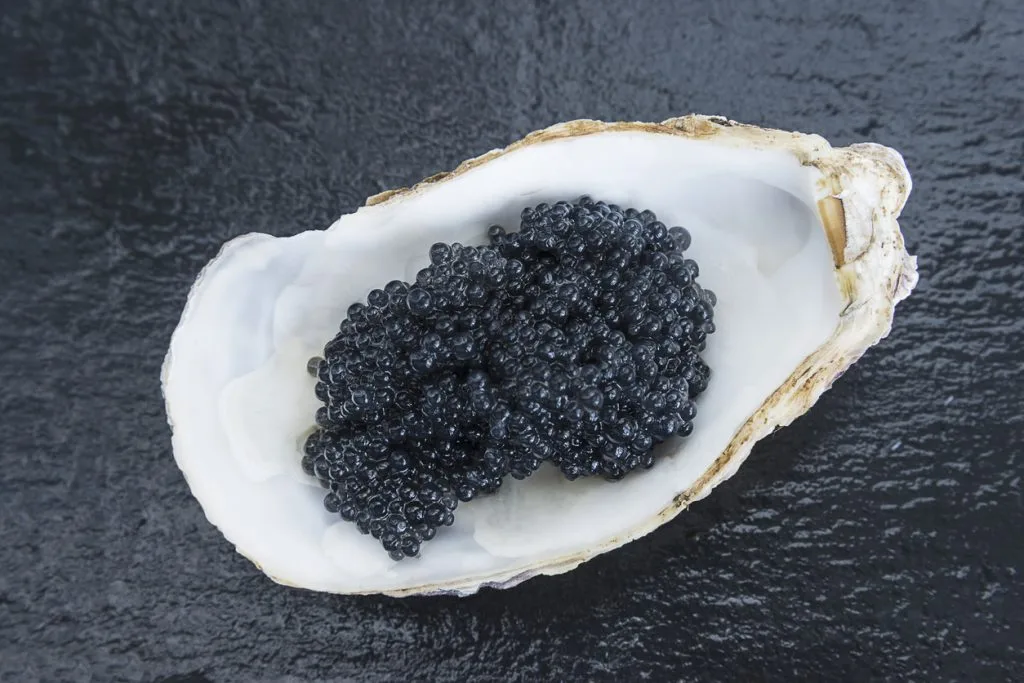
Beluga Caviar
In the realm of caviar, Beluga is the undisputed king. Harvested from the female Beluga caviar fish sturgeon, it is revered for its large, glossy eggs and unparalleled buttery flavour. The rarity and the meticulous harvesting process amplify its exclusivity and demand, contributing to its higher price.
Beluga caviar is not just about taste; it’s about experiencing a level of luxury that is rare and exclusive. The scarcity and the unique flavour profile make it a sought-after delicacy, a treasure for those who appreciate the finer things in life.
Supply & Demand
The caviar market dances to the tune of supply and demand. With the supply of wild caviar dwindling, the rise of farm-raised alternatives aims to meet the growing global appetite for this luxury food. However, the intricate balance between availability and desire continues to influence the market dynamics, playing a significant role in shaping caviar’s price.
The burgeoning demand for caviar, driven by a growing appreciation for its unique taste and luxury status, is met with challenges in maintaining high production standards. This constant dance between supply and demand, scarcity and desire, shapes the caviar landscape, making it a fascinating world to explore.
Reasons Why Caviar is Expensive
In conclusion, the tapestry of caviar’s price is woven with threads of tradition, patience, scarcity, and demand. Each strand, from the type of sturgeon to the ethical harvesting practices, from the origins to the growing global demand, contributes to the story of why caviar holds its position as one of the most expensive foods in the world.
As we reach the end of our gastronomic journey, I hope the mysteries behind caviar’s price have been unravelled, providing a deeper appreciation for every pearl savoured. Caviar is not just a food item; it’s an experience, a tradition, and a testament to culinary excellence. Enjoying caviar is indulging in a piece of culinary art, where every bite is worth its weight in gold.

